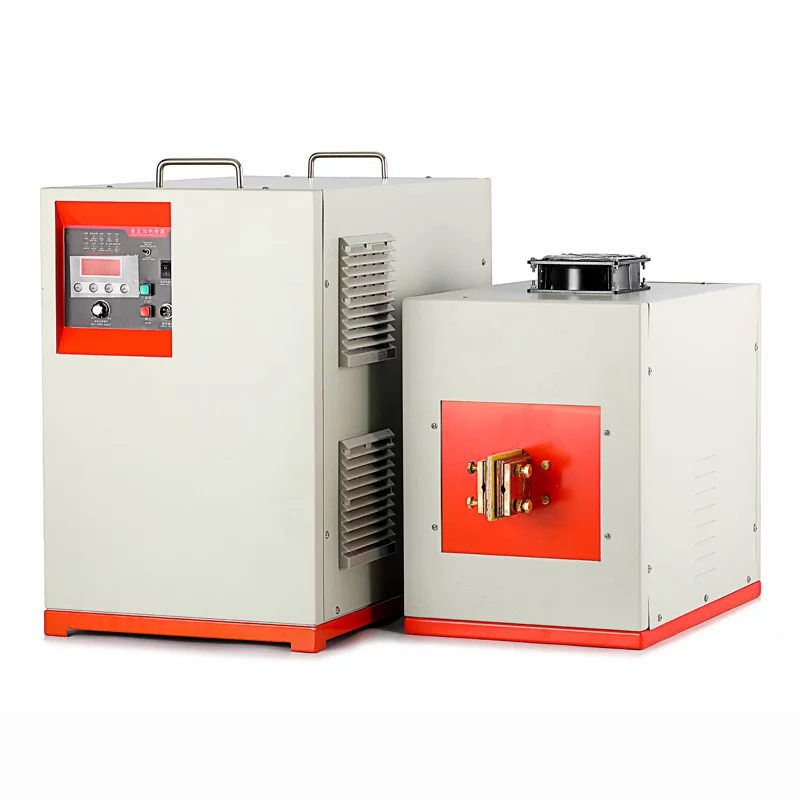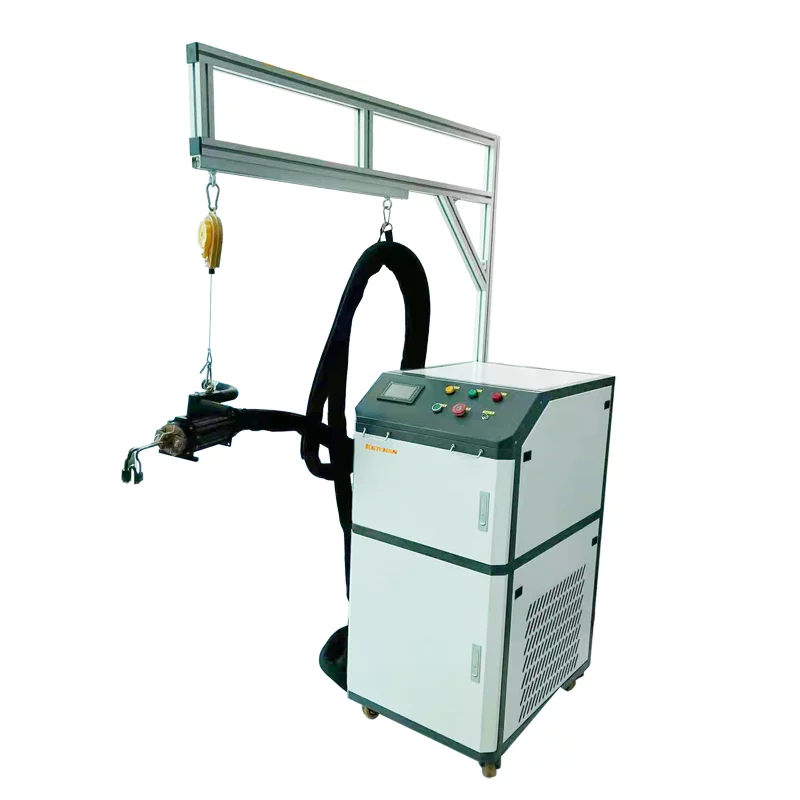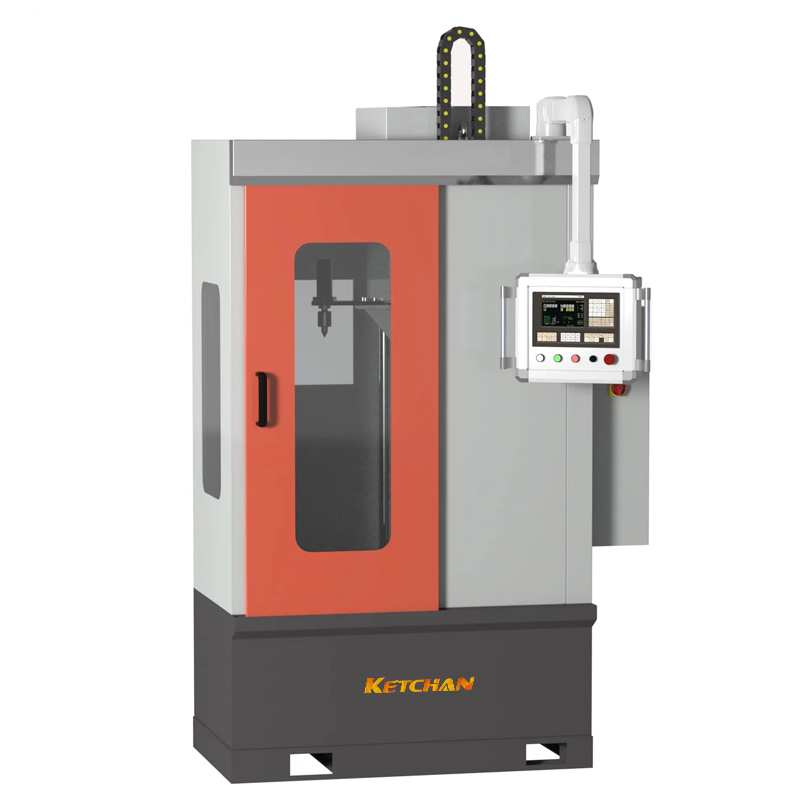Metal reverse quenching is a quenching method that the hardness of the core is higher than that of the surface by pre-cooling quenching and making the quenching cooling process discontinuous. Shimizu and Tamura first coined the term in 1978 after studying the hardness distribution of round rods, and they found that the central hardness of the pre-cooled quenched rods was higher than the surface. In 1977, Loria demonstrated that in some cases, pre-cooling quenching can increase the depth of the hardened layer. Later that same year, Shimizu and Tamura explained that the effect was due to discontinuous changes in the cooling rate during quenching, which depended on the duration of the incubation period before the abrupt cooling rate change. Since then, experimental work by Liscic and Totten and numerical simulations by Chen and Zhou have shown that the average cooling rate below the surface of the workpiece during pre-cooling quenching is higher than the surface. These results clearly show that endothermic kinetics during quenching – not just cooling time – has a significant effect on the hardness distribution in the quenched site. Unlike conventional hardness distributions, it makes the heart harder than the surface. In conventional quenching, the cooling rate changes continuously from the surface of the workpiece to the center, and the cooling rate decreases continuously. In pre-cooling quenching, due to the relatively slow cooling rate at the beginning of quenching, the cooling rate of the surface is also relatively slow, and then due to the sudden jump of heat transfer on the surface of the workpiece, the cooling rate of the workpiece from the surface to the center becomes greater.
It should be pointed out that delayed quenching and pre-cooling quenching cannot be called reverse quenching without the process effect that the hardness of the heart is higher than that of the surface.





